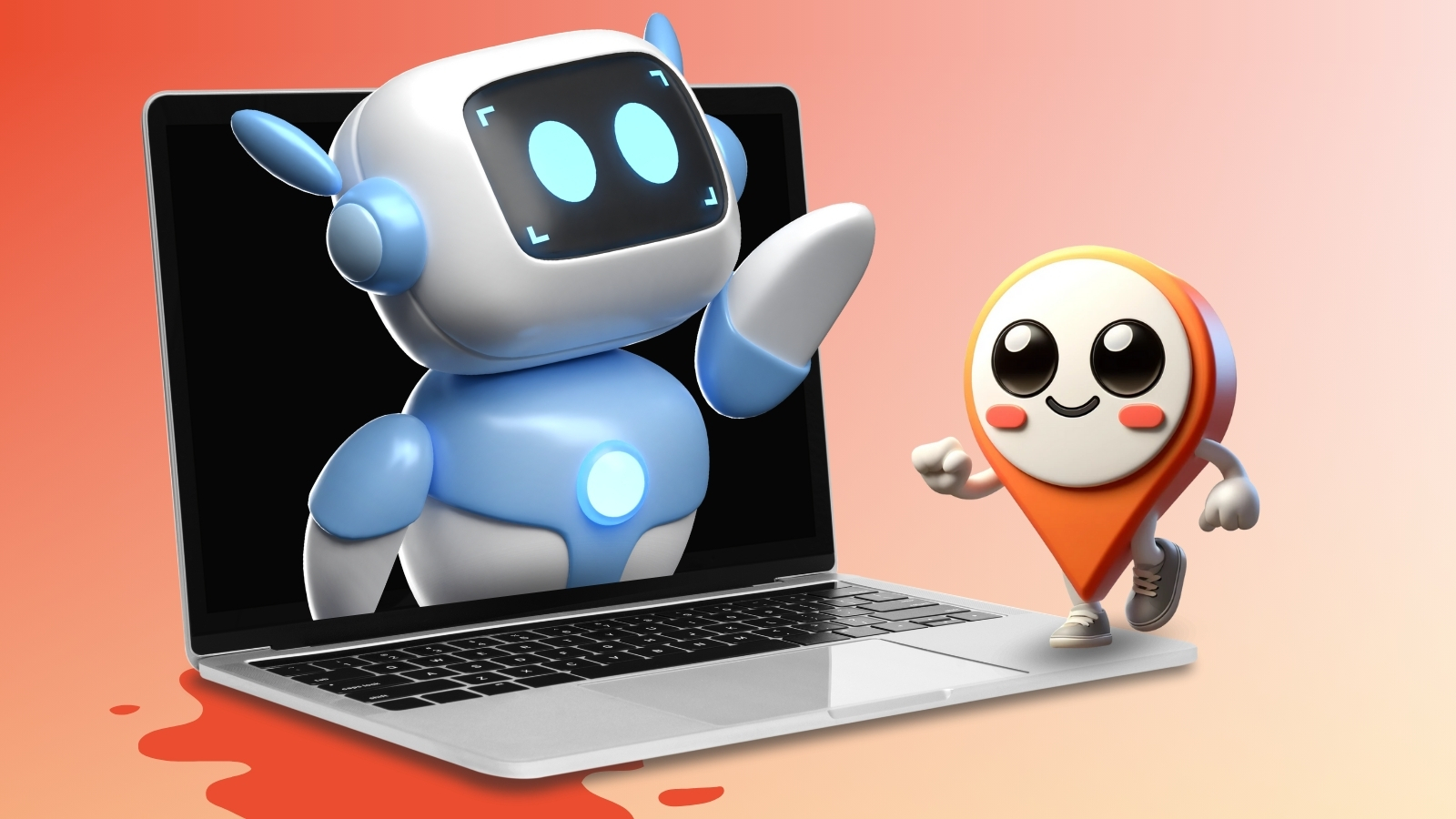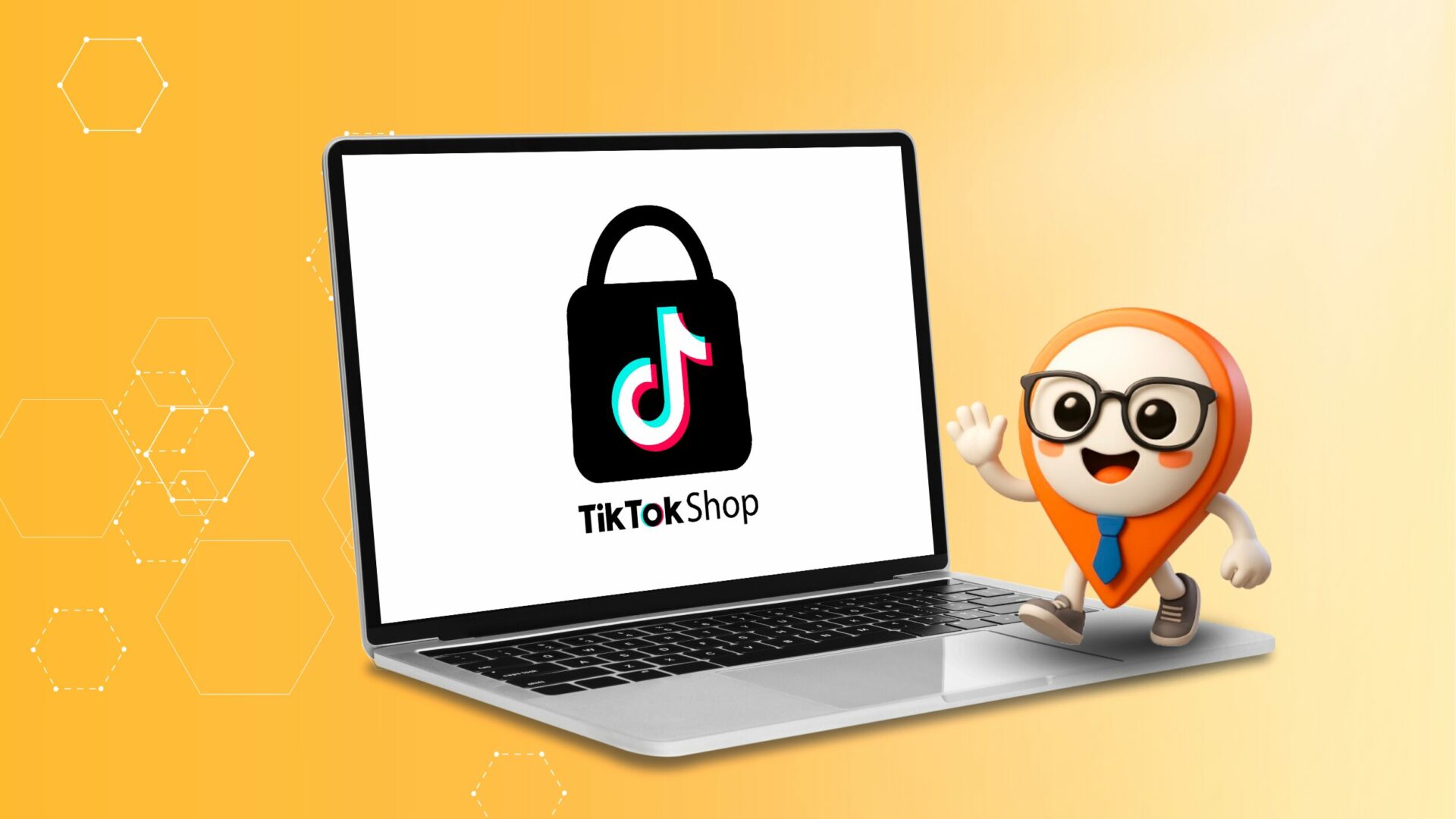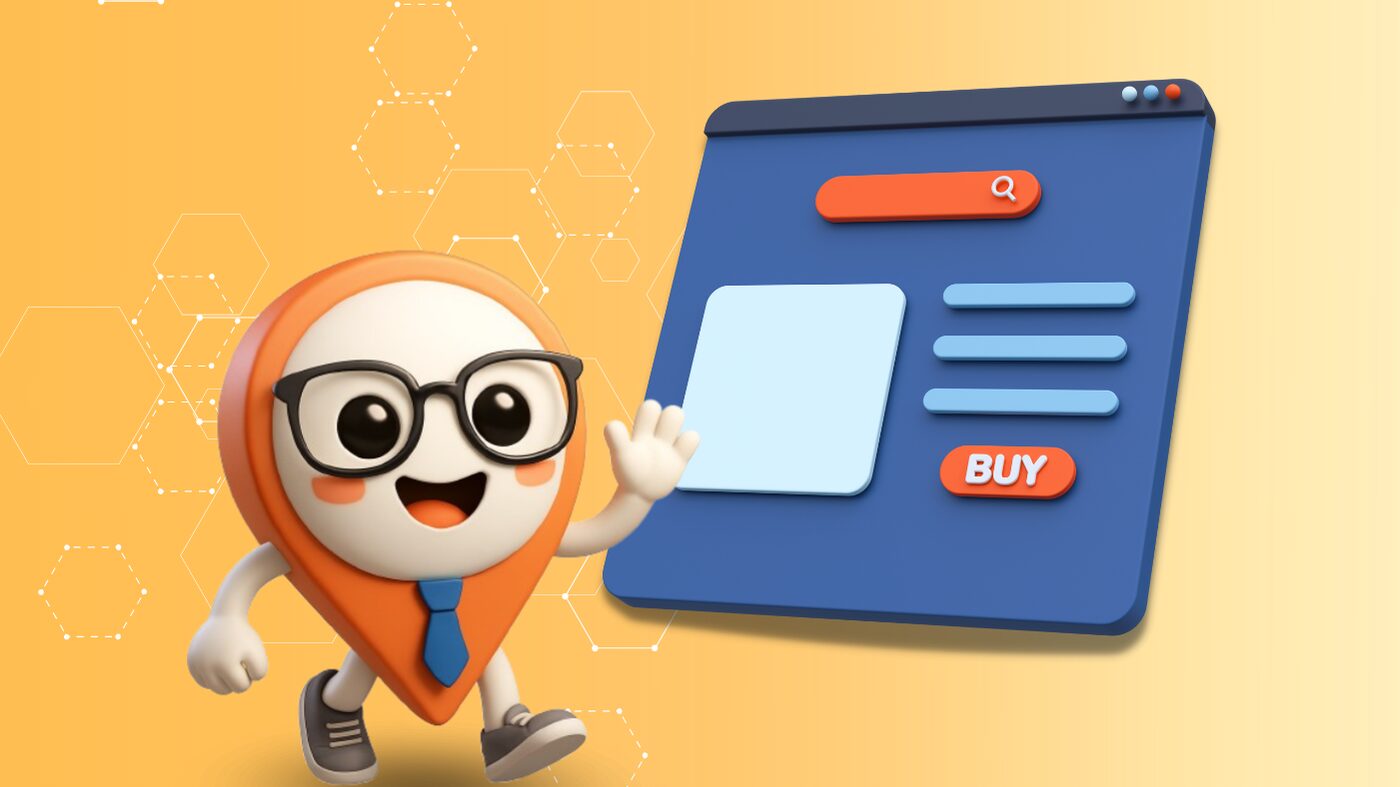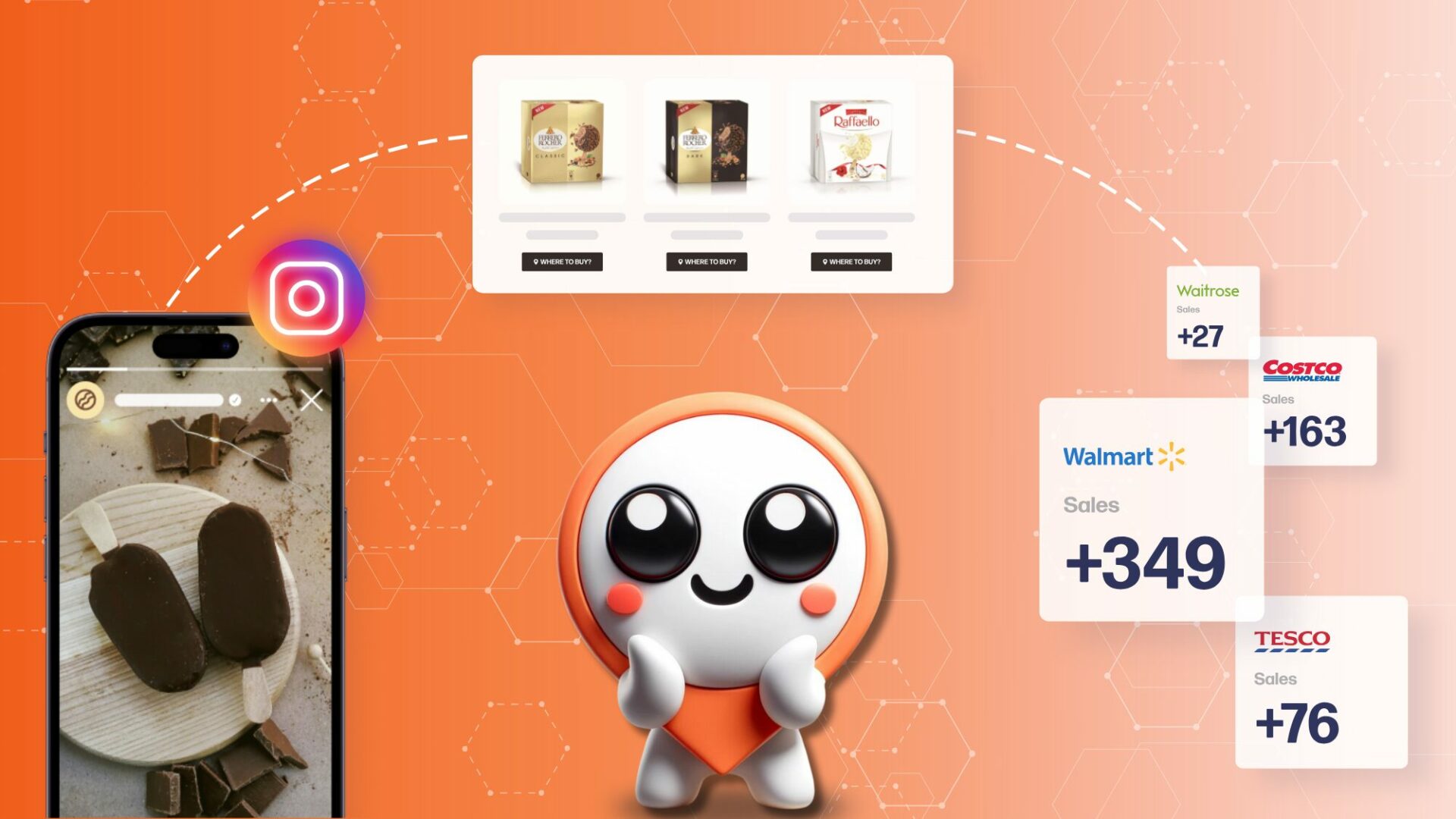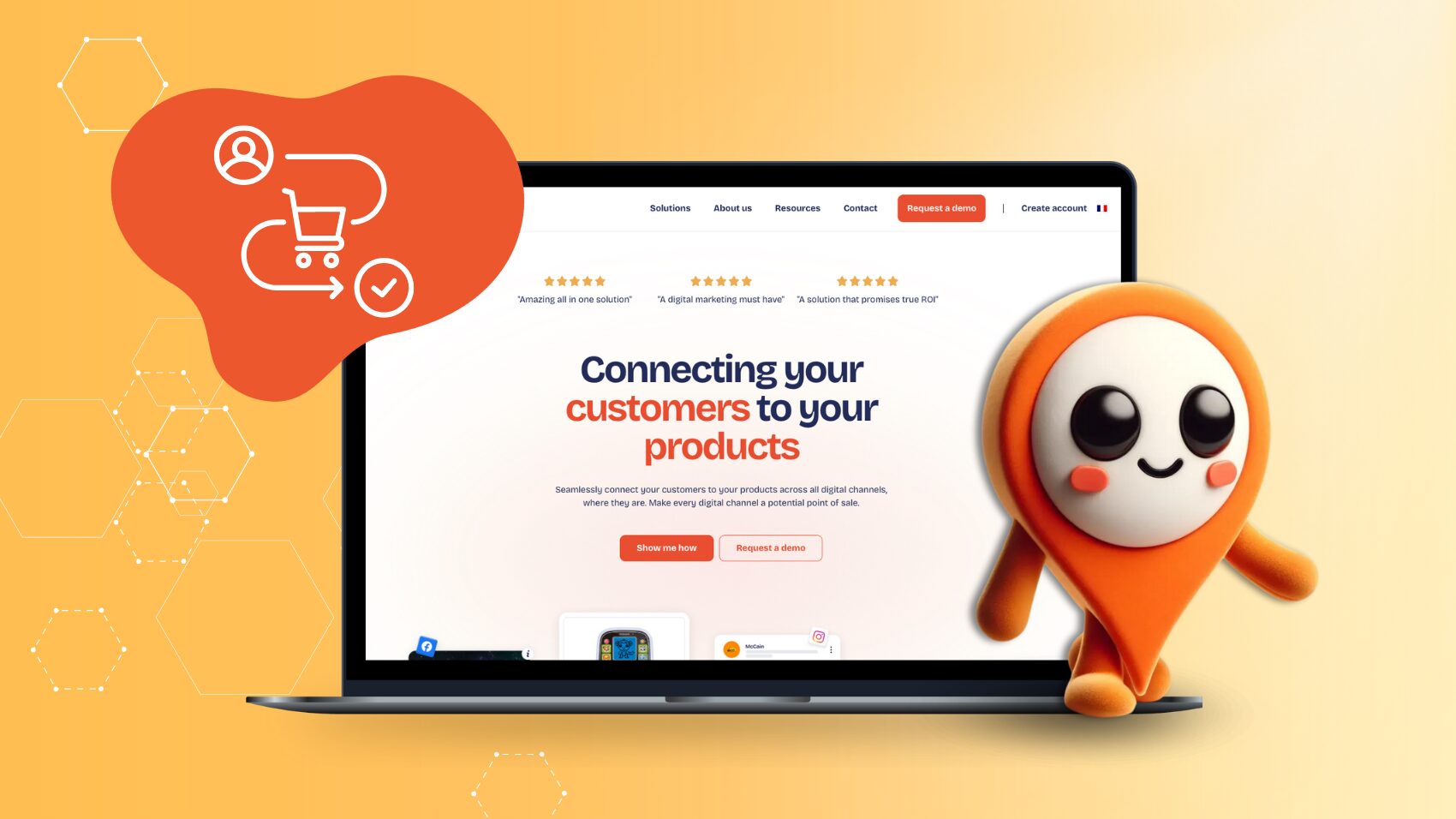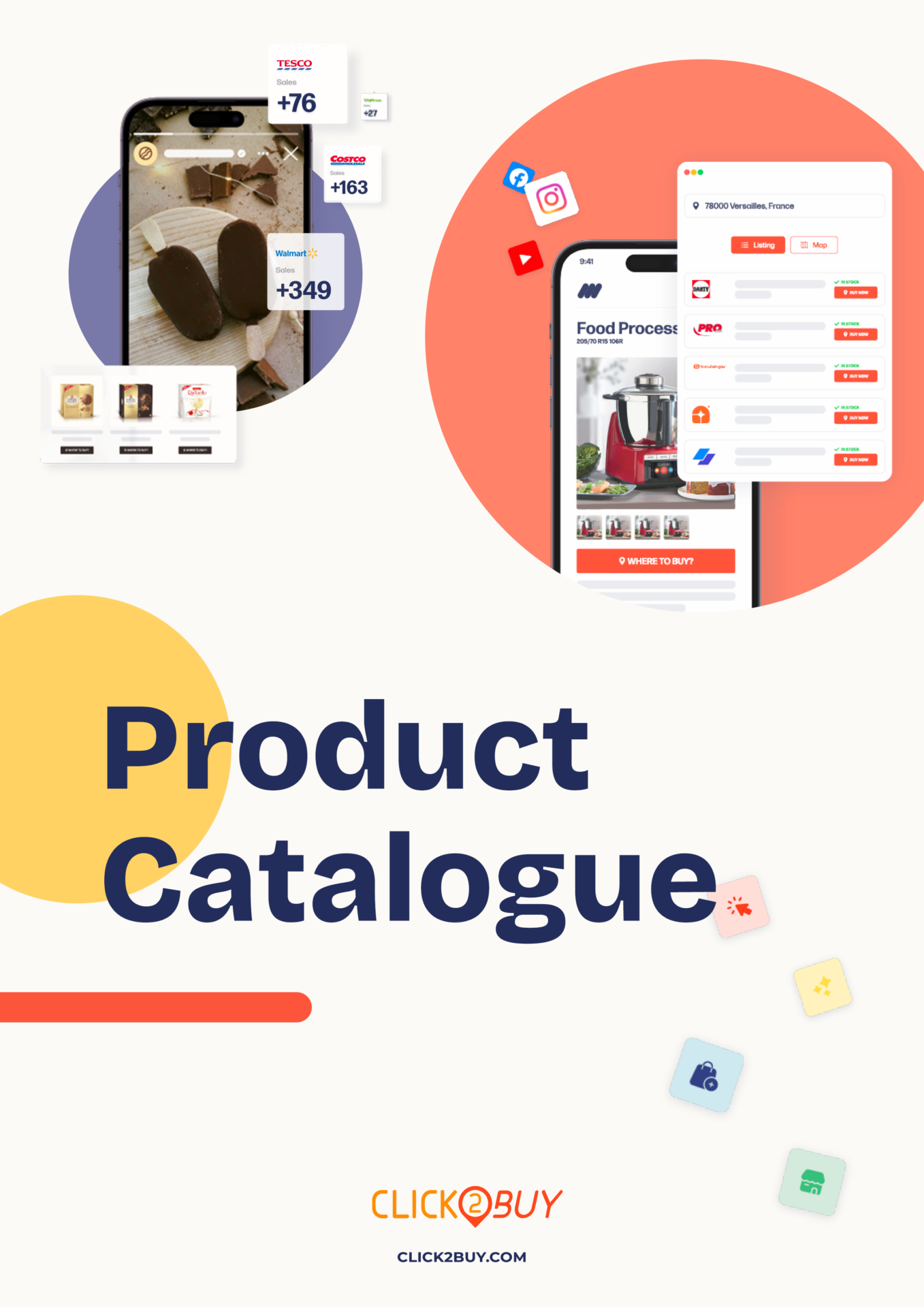Integrating a high-performance chatbot into a website is now a strategic asset for any company looking to offer a fluid, personalised customer experience. Imagine a virtual assistant capable of answering users’ questions instantly, offering tailor-made product recommendations and guiding customers through the purchasing process.
This type of tool not only improves customer satisfaction, but also increases conversion rates by responding precisely to consumers’ needs.
This is where the RAG (Retrieval-Augmented Generation) model comes in, a technology that enables chatbots to be not only responsive, but also intelligent and relevant. For retailers, this means natural and engaging interactions, with responses that seem almost human.
What is an intelligent chatbot based on the RAG model?
Unlike traditional chatbots, which make do with predefined responses, intelligent chatbots use advanced AI models to offer more natural, personalised interactions. The RAG (Retrieval-Augmented Generation) model is particularly effective for this type of use.
How does the RAG model work?
The RAG model is based on two key stages:
Retrieval: The chatbot draws on a rich, well-structured database to extract the relevant information based on the user’s query.
Generation: It then generates a personalised response using advanced language models, guaranteeing a fluid and natural interaction.
Case study: Imagine that a customer is hesitating between two television models on your website. Your intelligent chatbot, a genuine digital sales advisor, analyses the technical characteristics of the two models in just a few seconds and compares them with the customer’s requirements. Using the information provided directly by the customer via the chatbot’s questions (e.g. main use, size or brand preferences), it recommends the most suitable model. Reassured and convinced by this personalised approach, the customer places an order immediately: a fluid, fast and efficient experience.
How can you organise your data to create the best-performing chatbot on your market?
The performance of your chatbot depends entirely on the quality, structure and freshness of your data. By organising your information effectively and ensuring that it is constantly updated, you are not only facilitating access to the right answers, you are also creating a real lever for anticipating and satisfying your customers’ needs in real time.
Why is a structured database essential?
- Accuracy: Well-formatted data means that relevant information can be extracted quickly.
- Reliability: Fewer response errors thanks to consistent, up-to-date and de-duplicated information.
- Scalability: Easy integration of new information as the business develops.
Imagine this: You integrate a new collection and, in a simplified process, your references are updated. Your chatbot, thanks to direct access to up-to-date, organised data, becomes capable of recommending with great precision the product best suited to each customer’s needs. By offering personalised and reassuring recommendations, customers feel better supported in their choice, as if they were being advised by a sales assistant in-store. This reduces indecision and increases the chances of completing the order.
Structuring and cleansing your data to maximise efficiency
To ensure the effectiveness of your chatbot, here are the steps you need to take to structure and cleanse your data:
Step 1: Centralise your data sources
To ensure optimum consistency and availability of your data, centralise it in a unified database or an information management system such as a PIM. In the case of a RAG (Retrieval-Augmented Generation) model, the data is stored in an indexing system or a dedicated knowledge base, where it is organised and easily accessible when queried.
Bring together all the relevant information:
- Product sheets and FAQs
- PIM (Product Information Management)
- Customer services and e-mail exchanges
Step 2: Clean up the data
- Remove obsolete or redundant information.
- Correct input errors and standardise formats.
- Check that information is consistent across all channels.
Step 3: Structuring for AI
Metadata is descriptive information used to categorise and organise data (e.g. function, benefit, characteristic). It helps AI to understand and classify information in a logical way.
Format the answers by structuring the information clearly and coherently, ensuring that it is legible and interpretable by the RAG model. This means using clear sentences, relevant keywords and organisation by categories to make it easier to find.
Integrating an intelligent chatbot into your website: best practices
You are now ready to integrate your chatbot into your website. Follow these best practices to turn every visit into a business opportunity:
Connect your chatbot to the right data sources
It is essential to link your chatbot to the relevant databases, such as your product sheets, FAQs and any other relevant information system. To centralise this data and ensure it is accessible, you can use data management platforms such as a Data Lake or Data Warehouse. These solutions bring together all the information needed for the chatbot to be able to respond in a precise and relevant way to user requests.
Ensure that data is always up to date
Information needs to be updated in real time to avoid the chatbot providing incorrect answers. Integrate automated workflows (via APIs, for example) to update data whenever there is a change (price, availability, etc.).
Optimise the omnichannel experience
Your chatbot can offer a consistent experience across different channels (website, WhatsApp, Messenger, etc.). Link it to your CRM and messaging channels to guarantee a smooth, personalised response, whatever the means of communication chosen by the customer.
Conclusion: Why adopt an intelligent chatbot now?
An intelligent chatbot based on the RAG model is much more than a simple automated response tool. It becomes a real virtual advisor, capable of understanding customers’ needs and offering them personalised solutions.
By structuring and cleansing your data, you can guarantee your chatbot maximum reliability and relevance. And by strategically integrating it into your website, you can significantly improve the customer experience and boost your conversion rate.
Find out today how Click2Buy can optimise your customer journey with innovative and proven solutions.
Contact us today to find out more!
FAQ – Integrating an intelligent chatbot into your website
What is an intelligent chatbot and why integrate it into my website?
An intelligent chatbot uses AI to answer users’ questions in real time, improving the customer experience and increasing conversions.
What is the RAG model in an intelligent chatbot?
The RAG model combines information retrieval and answer generation. It enables the chatbot to provide more accurate and tailored responses thanks to AI.
Why is a structured database crucial for an intelligent chatbot?
A structured database enables the chatbot to extract accurate information and provide reliable and relevant responses in real time.
How can I structure my data to optimise my chatbot’s efficiency?
Clean up, standardise and label your data. Use metadata to make it easier for the chatbot to access the information.
Does the RAG model require specific data to work?
Yes, it requires well-structured and tagged data to enable efficient retrieval and a consistent response.
What is the difference between a traditional chatbot and an intelligent chatbot using AI?
An intelligent chatbot uses AI to understand and answer open-ended questions, unlike a traditional chatbot which relies solely on fixed rules.
What are the benefits of an omnichannel chatbot for the customer experience?
An omnichannel chatbot offers a consistent experience across multiple platforms (website, WhatsApp, etc.) and improves customer satisfaction.
Can the intelligent chatbot evolve with my company?
Yes, by structuring your data properly, you can integrate new information so that your intelligent chatbot remains effective in the long term.
What tools should I use to structure and cleanse my data before integrating a chatbot?
Use tools such as a PIM or data flow management software to prepare your information.

